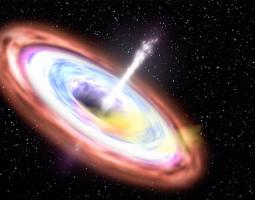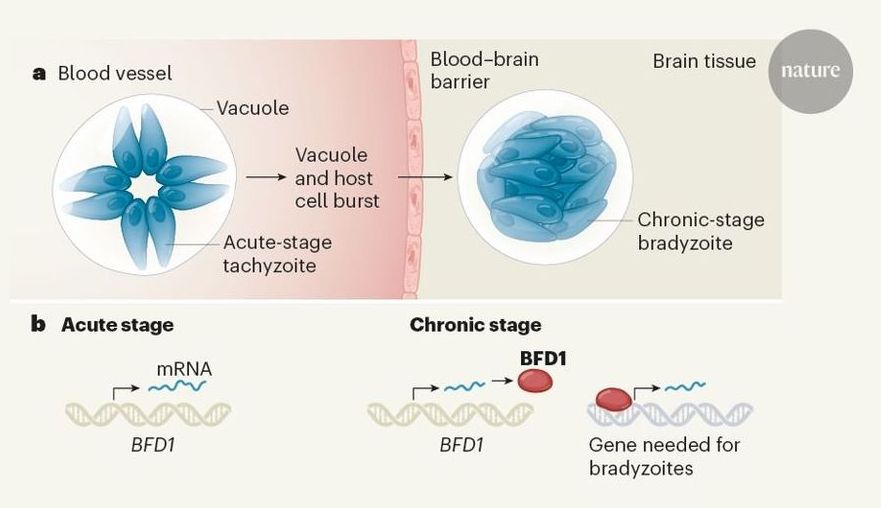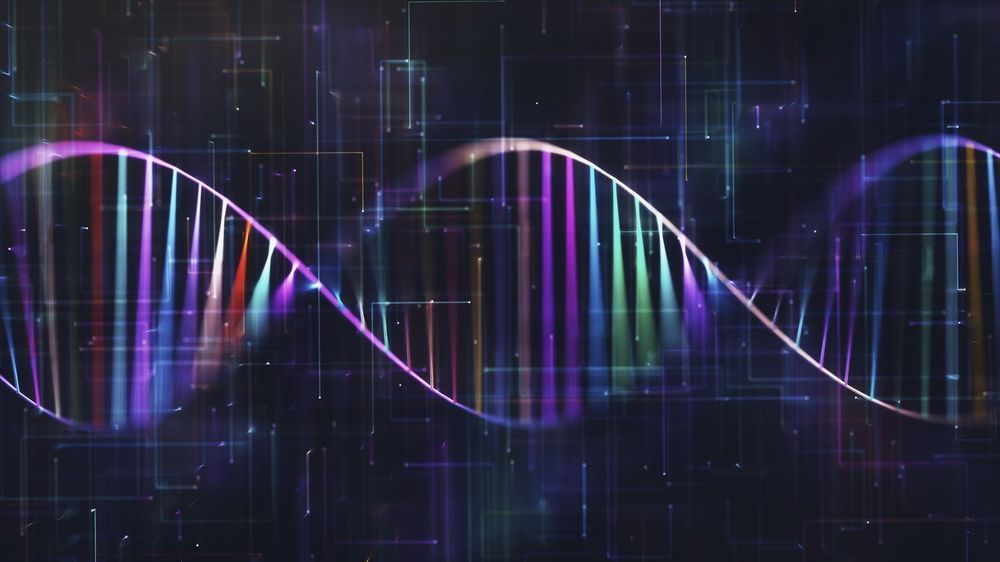A young Star Wars fan and amputee has received an R2-D2 bionic limb and a phone call from Luke Skywalker himself.
Bella Tadlock, from Tallahassee, Florida, raised almost 14,000 dollars (about £11,000) for her bionic hero arm, created by Bristol company Open Bionics.
The 11-year-old started a fundraiser that first caught the eye of actor Mark Hamill in November — Hamill, who played Luke Skywalker in the Star Wars movies, retweeted her appeal to his 3.6 million followers.









